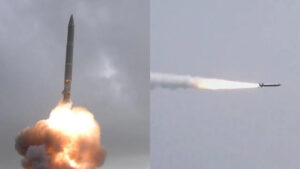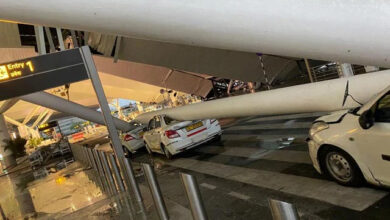India’s successful test of anti-radiation missile Rudram-II
India successfully test-fired anti-radiation supersonic missile Rudram-II. On Wednesday (May 29), the country’s defense research center Defense Research Development Organization or DRDO conducted the test of this supersonic missile. News from Hindustan Times.
On this day, the missile was launched from a Sukhoi 30 MK-I fighter jet. India’s first home-grown anti-radiation missile, Rudram-2, has reportedly met all its targets.
According to DRDO, various aspects including target engagement, control capability, propulsion system have practically met the target.
According to the report, this missile is capable of destroying the enemy’s radar on the surveillance ground. In addition, this missile has the ability to hit various stations connecting the enemy.
Rudram-1 was test-launched in October 2020. It was test launched from Chandipur in Odisha. Rudram-2 was launched from the same place after 4 years.
According to DRDO, Rudram-2 can penetrate all defenses of the enemy camp and disrupt the enemy’s radar, tracking and communication systems. This air-to-ground missile is expected to complement the arsenal of the Indian Army.
Defense Minister Rajnath Singh congratulated on this success. In a message, Rajnath Singh said, Indian Air Force’s SU-30MK in Odisha. Air-to-surface Rudram-2 missile successfully test-fired from warplanes.
Defense Minister’s message, the successful test has consolidated the role of Rudram-II system as a powerful multiplier of the armed forces.
This air-launched missile made on Indian soil is capable of destroying various systems of the enemy base instantly. Currently, India is using Russian-made anti-radiation missile KH-31.
Rudram-2 is going to replace that missile. Analysts say that India has taken another step towards self-reliance in the field of defense.
The advantage of the missile is that it can be launched from different heights. It can pick up enemy radio frequency and radar signals from a range of over 100 km.



![Mumtaz Zahra Baloch, spokesperson for Pakistan's Foreign Ministry, says the country believes in constructive dialogue with the US [Courtesy of Pakistan Ministry of Foreign Affairs]](https://southasiancorrespondent.com/wp-content/uploads/2024/06/pak-1-390x220.jpg)

